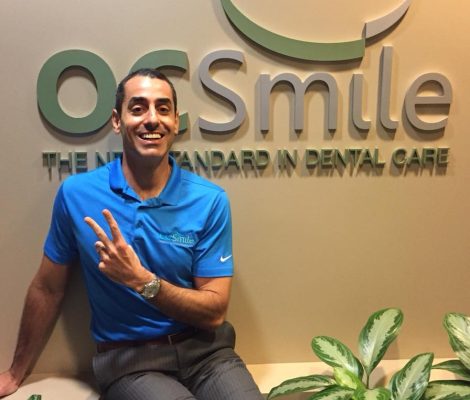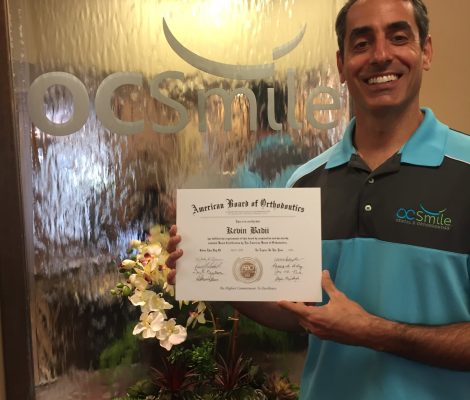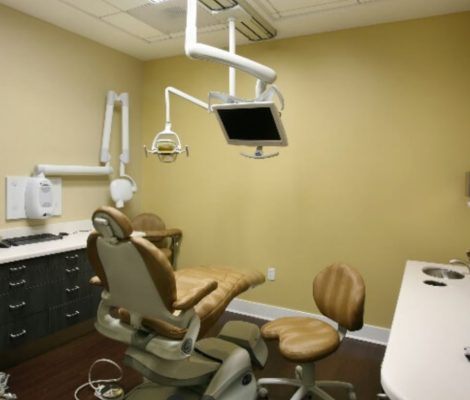High Quality Life Changing Dental Implants
OC Smile, Life Changing Dental Implants For A Better Smile
By the time they are in their forties, more than half of individuals will have lost at least one tooth due to an oral condition or an accident. Dental implants will fill up the spaces left by missing teeth and restore your smile’s beauty. Simply said, dental implants are artificial teeth that we can surgically place in your mouth. They will blend in with your other teeth and set in your jaw permanently. Your appearance and eating habits will improve, and with the right maintenance, your implants might last a lifetime.
Bridges and dentures, which have improved over the years but still have drawbacks, can be considered an alternative to dental implants. To keep dentures in place, messy adhesive must be applied. When you’re eating or talking, they could still move around or even fall out. They also need to be cleaned and cared for frequently. Nonetheless, dental implants are permanent after they are placed, and taking care of them is very similar to taking care of your natural teeth.
Almost everybody who has healthy gums and sufficient jawbone is an excellent candidate for dental implants.
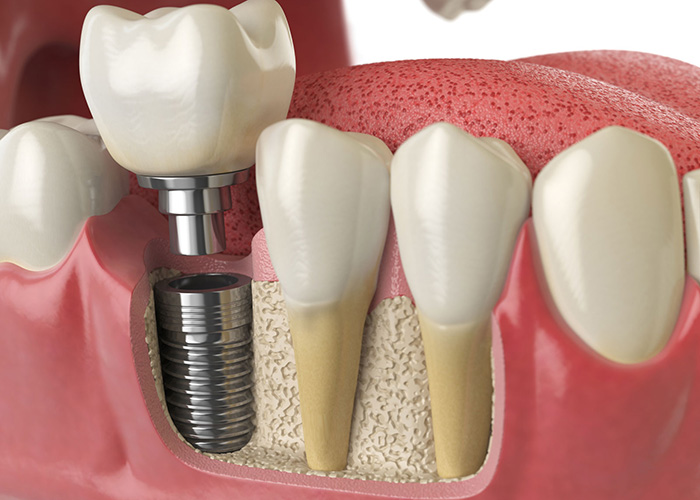
How Dental Implants Work
Your dental implant is placed directly into the jawbone in the area left by the missing tooth during a quick surgical procedure. Before the last crown is put on, it will first be given a few months to heal. The implant really fuses to the surrounding bone throughout this healing process.
Tooth Replacement Options Using Dental Implants
Implant Care and Maintenance
After successfully fusing to the bone, an implant can only fail due to two things: poor dental hygiene or severe biting pressures. Peri-implantitis is a dangerous bacterial infection that can develop as a result of poor oral hygiene and/or irregular cleanings. Daily tooth brushing and flossing, as well as routine professional cleanings, can stop this. High biting forces might result from clenching or grinding your teeth frequently or from not having enough implants to support the pressures produced by your bite. To prevent this, you should have the right quantity of implants. Moreover, a nightguard will be suggested if you frequently clench or grind your teeth in order to preserve your implants. After all, implants are a long-term investment in your smile, your health and your well-being, so it’s best to protect your investment.
Fullerton, CA Affordable Dental Implants – Dental Implants Near Me - Dental Implants in Mission Viejo, CA
Meet Your Award-Winning Dentists in Mission Viejo & Fullerton, CA




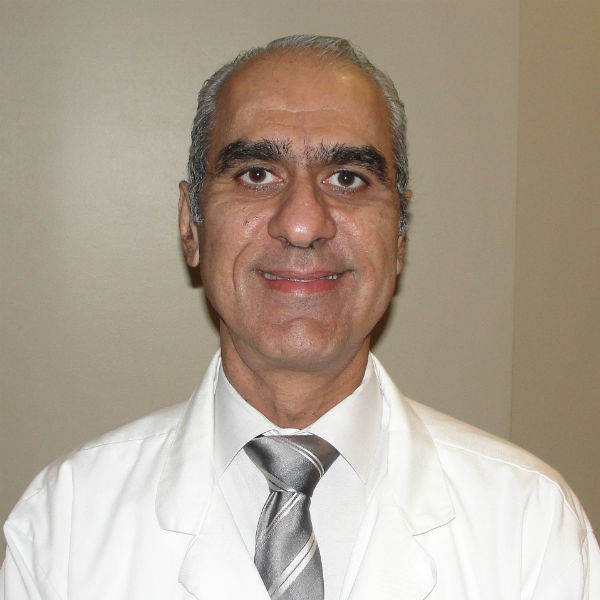




Our Dental Services
General Dentistry
Dental Implants
Emergency Care
Pediatric Dentistry
Oral Surgery
Orthodontics
The Proof is in our Patients

2 Convenient Locations
Our Fullerton, CA Office
1950 Sunny Crest Dr., Ste #1100
Fullerton, CA 92835
Working Hours
Our Mission Viejo, CA Office
24896 Chrisanta Drive, Suite #110
Mission Viejo, CA 92691

